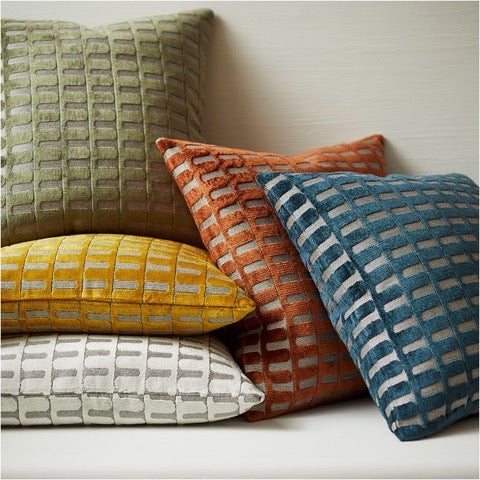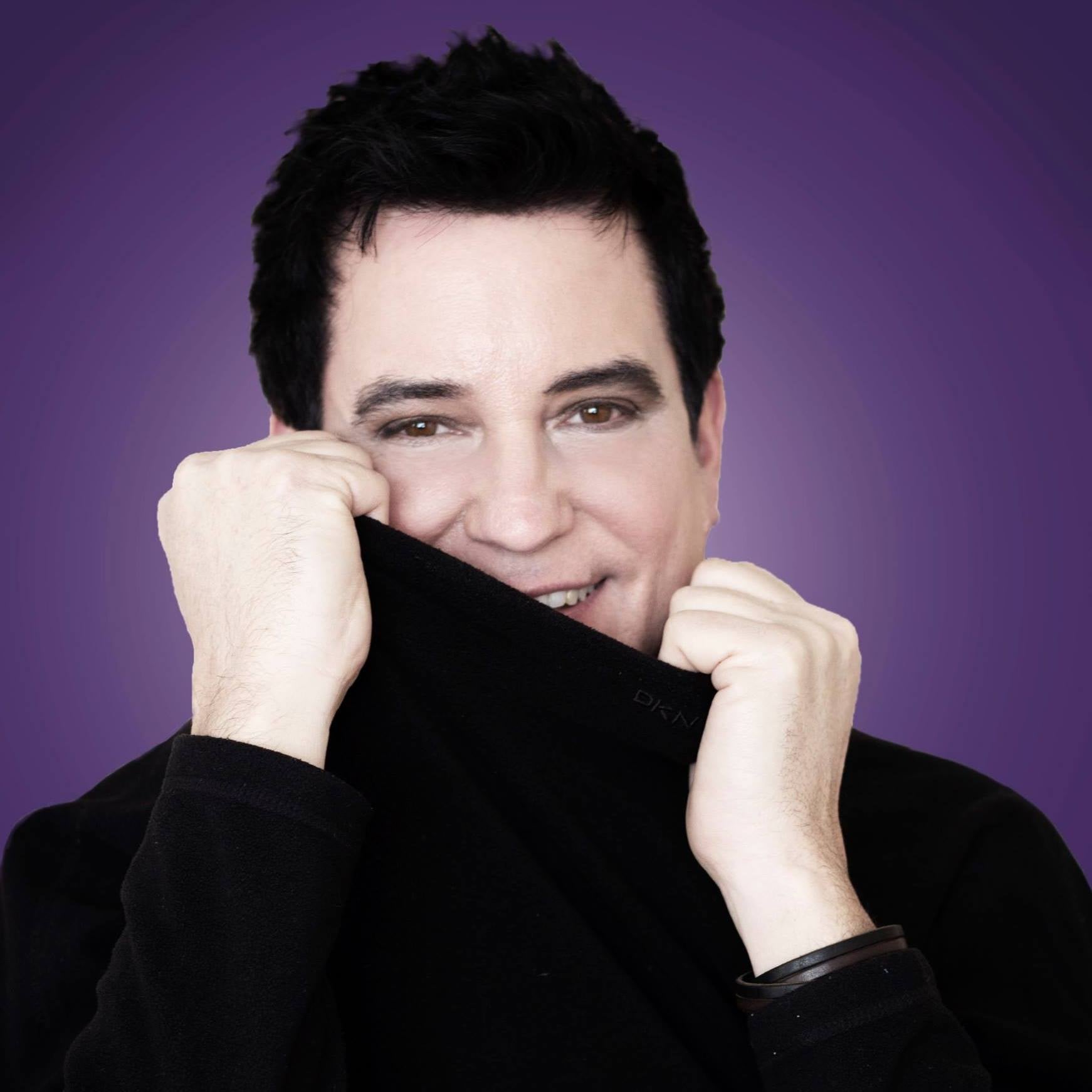All too often I have a client that brings me a fabric they like and would like to use for a project that is totally unsuitable for their project.
Some fabrics are meant to be of a draping nature, while some are meant more for upholstery. There is occasion where a fabric can be used for both. It all has to do with the weave of the fabric and any possible backings the fabric may have.

When selecting a fabric that you want to have a nice flow to it once it is pleated and draped at a window, you want to choose a fabric that will allow it to do so.
If possible, get a minimum of a yard of the fabric and as you pleat one end in your hand, see how the fabric flows from the pleat. Is it rigid or does it have a certain grace? Now don’t get me wrong, I have certainly used a rigid and more upholstery weight fabric at a window, it just won’t have that soft flow and drape quality.
If you go this route, keep in mind that your drapery panel will weigh a ton, so make sure your hardware brackets are installed well into a wall stud!

I sometimes like to use a sheer fabric when designing a drapery panel. This type of fabric is very graceful when it is pleated and hung. If you want more light control than just the sheer, it can be lined, either with a regular lining or a blackout lining should you want no light to penetrate through the fabric. This gives your sheer fabric a nice subtle depth as you look “into” the fabric.
If using a printed, silk, or linen like fabric, you might feel the need to add an inner lining. This is a flannel like fabric that is placed between the face fabric and the lining. It can give a thinner fabric more weight and allow your panel to look a little fuller.
When selecting a fabric for upholstery, you want a more heavyweight fabric. You can certainly use the more drapeable fabric for upholstery, but sometimes, with a fabric such as silk, you must have a backing fabric attached to give it more stability.
These types of heavier fabric also make great pillows for the sofa, chairs and even bed!

I like to consider the Wyzenbeek double rub test of the fabric. This is a test in the industry that is exactly what it says it is. The Wyzenbeek machine puts a fabric to the test to see how many double rubs a fabric can withstand. On the back of each fabric, or sometimes in the back of a fabric swatch book, this test number will be stated.
For residential use consider: Delicate duty (under 3,000 double rubs): Ideal for pillows, drapes, and curtains
Light duty (3,000-9,000 double rubs): Best for furniture used occasionally
Medium duty (9,000-15,000 double rubs): Versatile for various daily-use furniture
Heavy duty (15,000+ double rubs): Perfect for frequently used items like the family couch
For commercial use consider:
Contract upholstery fabric (15,000-20,000 double rubs): Suitable for light traffic areas, such as executive waiting rooms or consultancy offices
Heavy duty (up to 30,000 double rubs): Fits well in typical business traffic areas like hotel rooms, conference rooms, dining areas, and single-shift offices
Extra heavy duty (over 30,000 double rubs): Designed for very high traffic areas, including airports, fast food restaurants, hospitals, government offices, and entertainment venues like bars, stadiums, and theaters
I have some fabrics in my design library that rate at 100,000 to 200,000 double rubs!
Using a commercial grade fabric in your home is a great idea if it gets a lot of use. It is no more expensive than using residential grade fabrics as it is usually always manufactured with man made fibers such as polyester, rayon, polypropylene, nylon, viscose, etc.
These sorts of fibers are inherently stain resistant and many times referred to as performance fabrics and many can be used outdoors!
The days of “scotch-guarding” are over as the sprays were cancer causing. It is now all about the fibers content as to its durability, stain and fade resistance. The old sparks rarely penetrated the fabrics, and once cleaned, the fabrics lost the stain resistant feature.











